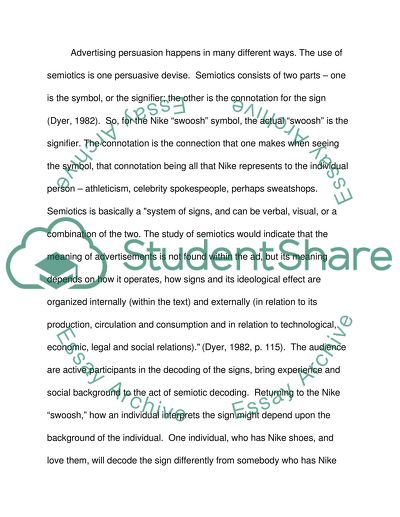Cite this document
(“Advertising and Guerilla Advertising Effectiveness and Comparison Literature review”, n.d.)
Retrieved from https://studentshare.org/visual-arts-film-studies/1397054-advertising-and-guerilla-advertising-effectiveness
Retrieved from https://studentshare.org/visual-arts-film-studies/1397054-advertising-and-guerilla-advertising-effectiveness
(Advertising and Guerilla Advertising Effectiveness and Comparison Literature Review)
https://studentshare.org/visual-arts-film-studies/1397054-advertising-and-guerilla-advertising-effectiveness.
https://studentshare.org/visual-arts-film-studies/1397054-advertising-and-guerilla-advertising-effectiveness.
“Advertising and Guerilla Advertising Effectiveness and Comparison Literature Review”, n.d. https://studentshare.org/visual-arts-film-studies/1397054-advertising-and-guerilla-advertising-effectiveness.


